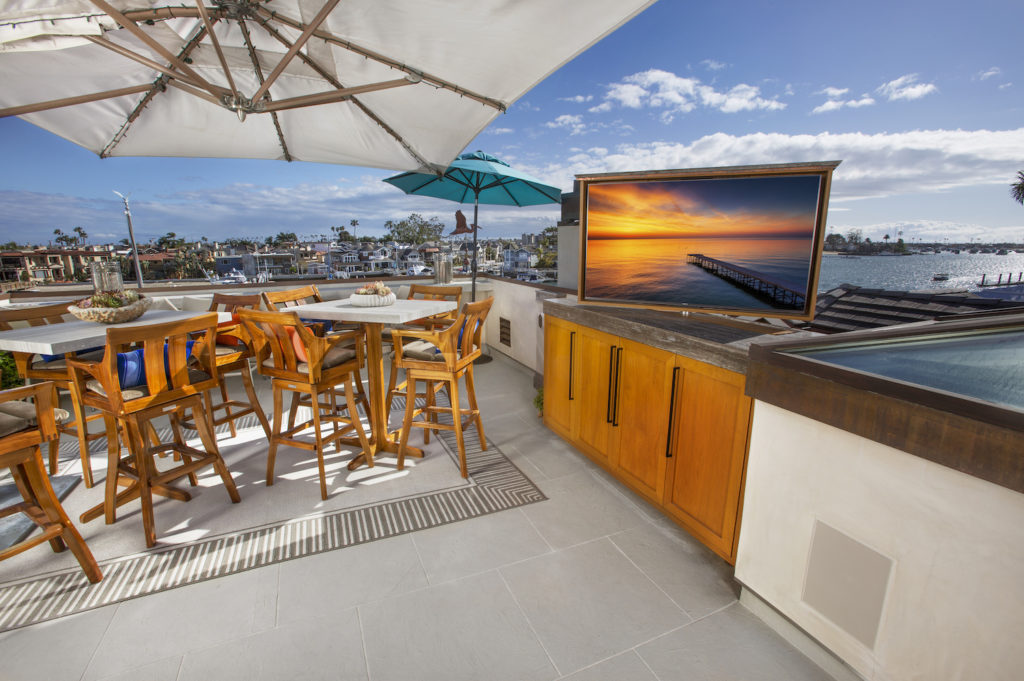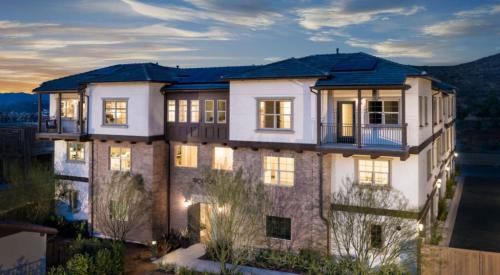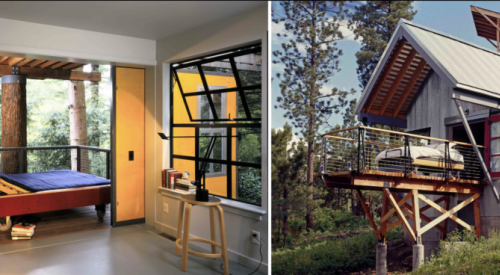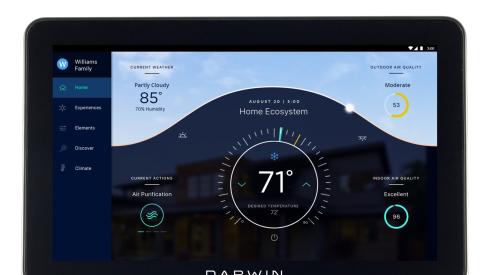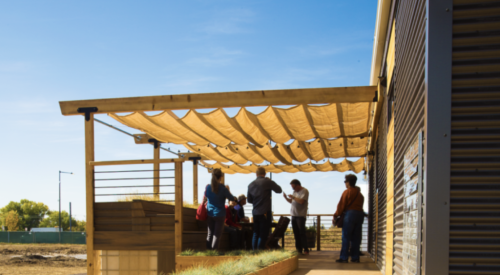Home technology integrators have noticed a number of home technology trends that have been accelerated by the sudden, disruptive nature of the pandemic. Music and movie streaming solutions have expanded, and there’s been a massive uptick in demand for reliable gear that can deliver home entertainment in the best (and most reliable) manner available.
But beyond creating a media room (or even a dedicated home theater) for family entertainment, there are other residential tech solutions that have seen (or are likely about to see) a lot of growth.
Here are our four big home technology trends for 2020:
1 - The Rise of the Home Office

Telecommuting, remote work, WFH—call it what you want, it’s here to stay. Pete Trauth, owner of California’s Nirvana Home Entertainment, says, “I’ve already had conversations with businesses who are realizing that productivity hasn’t dropped off in the least during this remote-work experience.”
As the realities of WFH set in for home buyers and owners, we’ll likely see a drop-in popularity in the “open concept” home in the U.S. We’ll also see a rise in dedicated offices and e-learning spaces that are closed off from distractions, complete with bio-adaptive lighting, proper sound absorption and diffusion, and top-shelf, connected audio and video for those critical Zoom meetups.
RELATED: Smart Home Tech Evolves From Add-On to Must-Have
2 - The Need for the Most Robust Network

How many devices can your Wi-Fi network handle before you’re suddenly beset by the “Spinning Beach Ball of Death?”
Some “mesh network” plug-in hubs might solve issues in smaller homes, but a robust home network that has the fundamental infrastructure needed for dozens of devices dedicated to business, e-learning, and entertainment—all being used at the same time—is best achieved via a “wired backbone.” Simply put, the bigger the home, the bigger the need for a network with physical cables running to high quality—even enterprise grade—wireless access points.
All of the devices that are hung on that network demand security, too. “Work from home has put cybersecurity and reliability at the top of the list for both the remote worker and the employer,” says Mike Maniscalco of the tech consulting firm Pytheas.
3 - Bring the Outside In

The lockdowns sent golfers inside. Biking machines that can present the rider with virtual types of terrain and inclines are selling like crazy. Esports are getting bigger.
A space dedicated to all of these simulated or gaming activities may well be something the upper-end homeowner seriously considers, especially now that we’ve all seen how suddenly a disruptive event can change what’s “normal.”
Imagine a room that can handle all of that—then transition with audio and video to a meditative space perfect for yoga?
4 - Bring the Inside Out

The pandemic has forced people to look at their yards, patios, and outdoor spaces in a new light. That place of work and refuge called “home” isn’t necessarily confined to the four walls of the structure. When it comes to technology integration, we’re not speaking of just sexy spa lights or hidden outdoor speakers—there are ways to take the traditional “media room” and put it where no media room has gone before.
Case in point is this installation from the California firm Audio Images. This deck has an incredible view of a bay along the Southern California coastline, and the homeowner wanted to turn what had been a space dedicated to a lap pool into a place to watch sports and movies and listen to music. This system features an outdoor-rated, 84-inch TV on a motorized lift along with marine-rated speakers and subwoofers. There’s also an audio system in the bar and jacuzzi area along with a TV on a lift and swivel to allow for easy viewing.
RELATED: Connected House 2.0: Getting Smart About Smart Homes
About the Author
Ed Wenck is the content director with CEDIA, the Home Technology Integration Association (cedia.net). He can be reached at ewenck@cedia.org.


